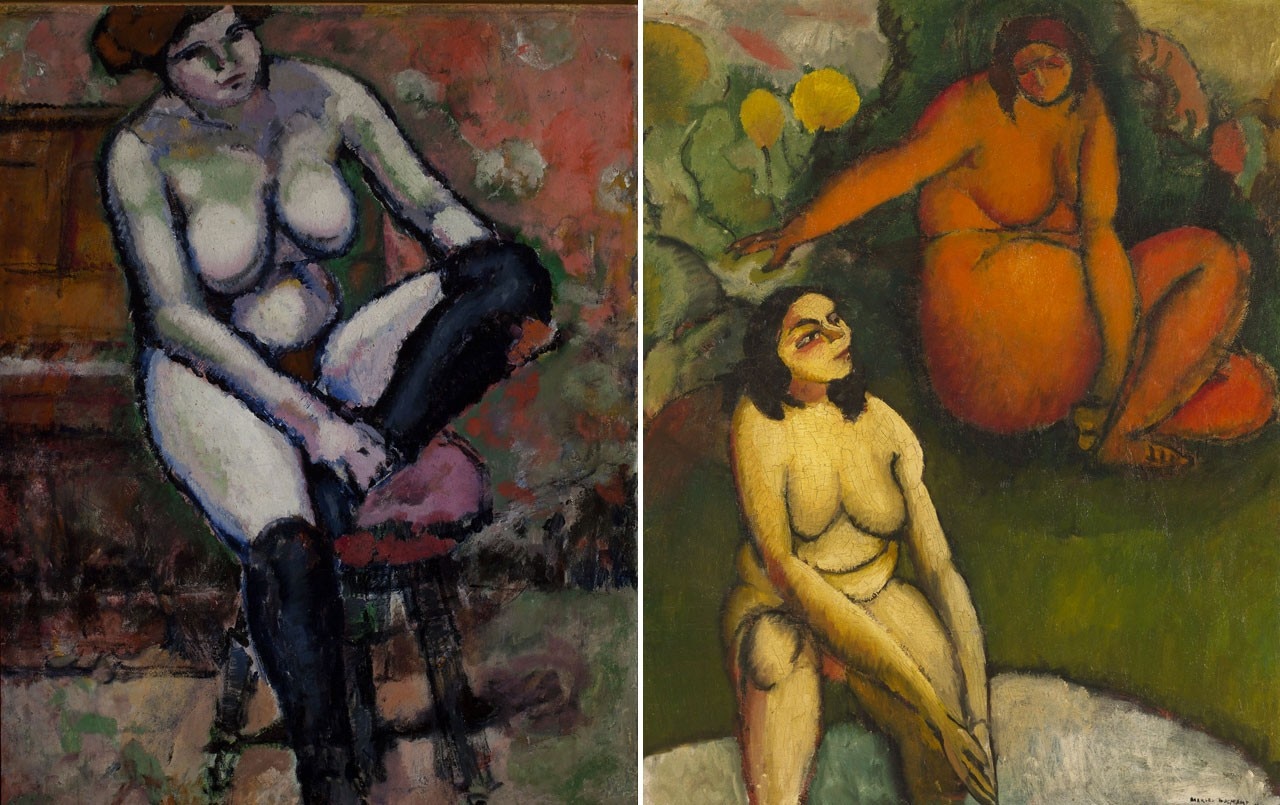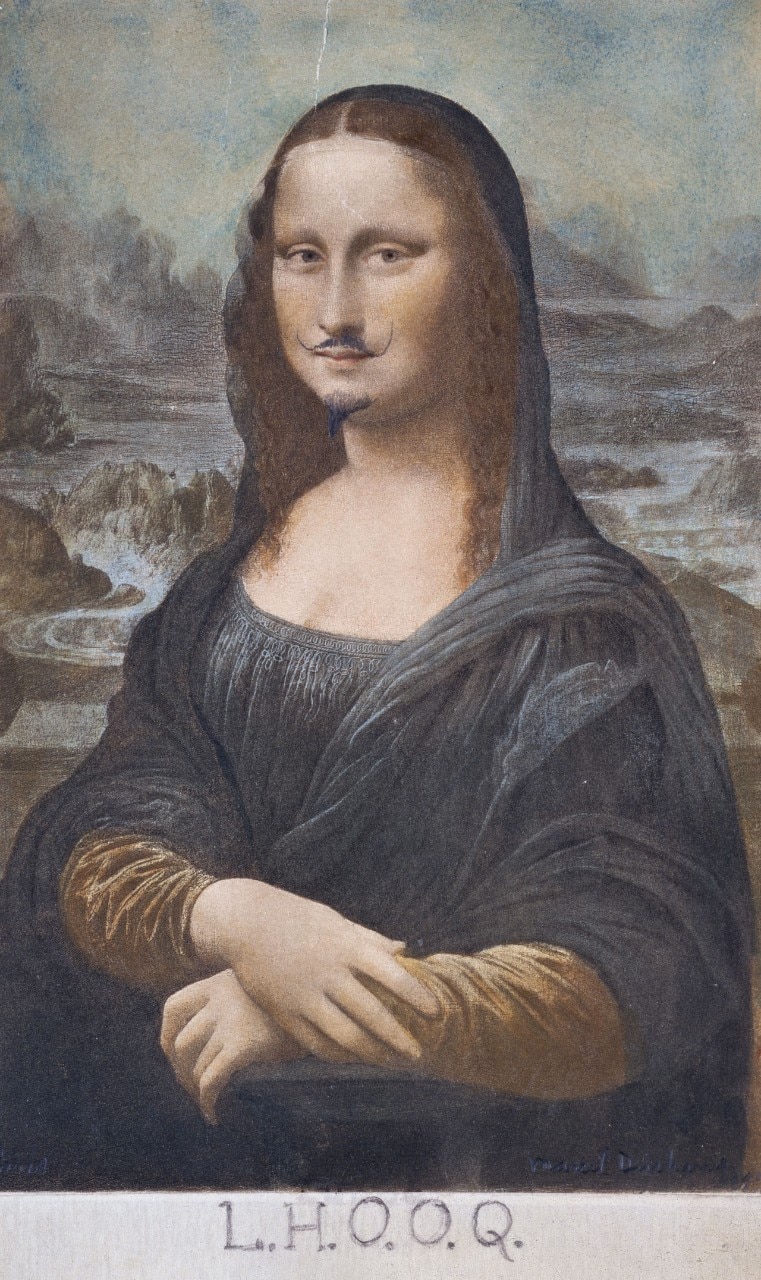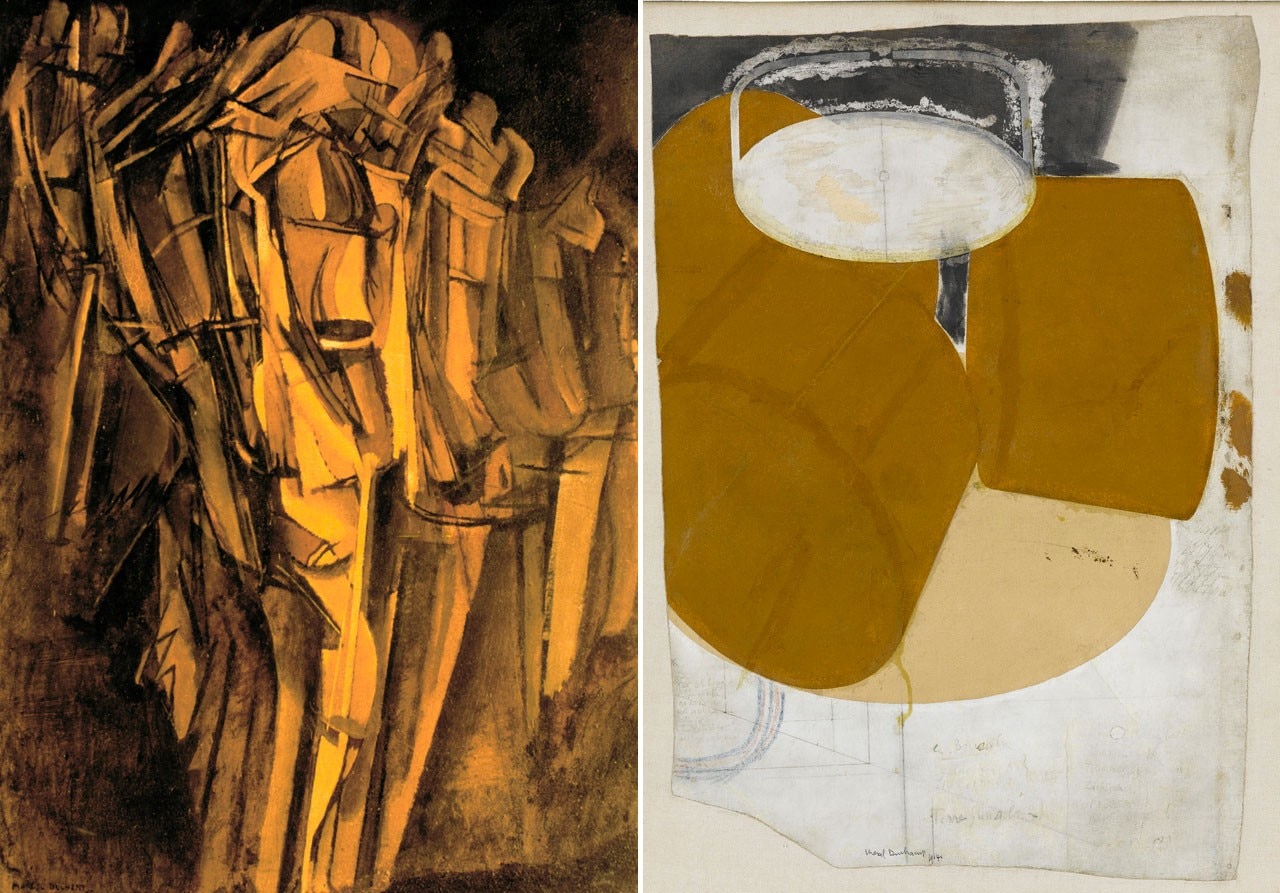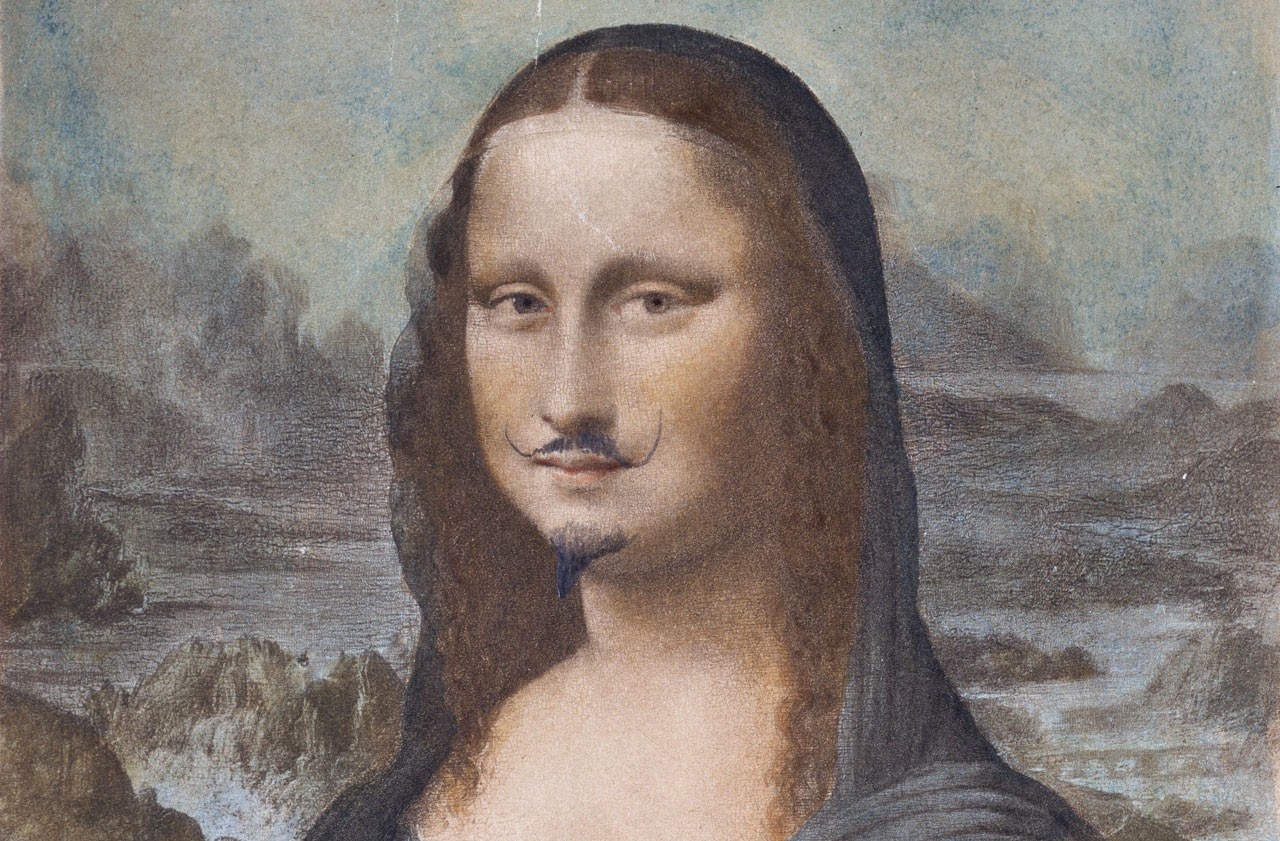It is a strange fate that a sublime exercise in laziness by an anartist who managed to revolutionise 20th-century art processes is now being offered to the public as evidence against him.
This small picture picked up at a street market and signed would have sufficed to abort the charitable mission of taking Duchamp back to his ridiculous early daubs which – although collected by great museums – came (regrettably for him) at least 5 or 6 years too late for the cruel and ridiculous law on newness and, above all, for his epiphanies at the various Parisian Salons of 1905 and 1911.


The desire for visibility inflicted a tragicomic destiny on his chess game with the history of painting, won from the very outset because it had already been lost against the 20th-century giants – Matisse in particular. He was, after all, the one who advocated the most radical Dada expressions but, even more, he who – the Arensbergs’ parlour in the esoteric and Carbonaro New York of the early avant-gardes – welcomed the loudest voice of the century, Arthur Cravan, the intellectual boxer who had railed against the Salon’s policies. Today, the highly intellectual Duchamp pays the price of his middling-quality daubs.
His A propos d’une jeune sœur, dated 1911, and Femme brune corsage vert, as too the MoMA’s 1907 portrait of Yvonne Duchamp are now given the status of masterpieces when they are none other than sad works aimed at de-theorising Cubism; they were even so for his early Cubist friends. Another beautiful and pointless exhibition informing us that Duchamp, a painter through family lineage like his older brother and his uncle, paid the price of Matisse, Cezanne and all else.

Until 5 January 2015
Marcel Duchamp – La peinture, même
Centre Pompidou, Galerie 2


